Top 20 Unique Collectibles Found at Flea Markets
Flea markets are full of surprises, and you never know what kind of treasure you might come across. From old toys to vintage home goods, these places are packed with interesting finds. Some items hold sentimental value, while others have become popular with serious collectors. Many of these collectibles have a long history and are still in great condition. Shoppers often enjoy the thrill of finding something rare at a fair price. Whether you are just browsing or hunting for a specific piece, there is something special about the experience. This list highlights some of the most unique collectibles people often find at flea markets.
This post may contain affiliate links, which helps keep this content free. Please read our disclosure for more info.
Vintage Pyrex Mixing Bowls

These kitchen items bring both nostalgia and color to any flea market table. Produced between the 1940s and 1970s, Pyrex mixing bowls came in eye-catching patterns like Gooseberry, Butterprint, and Snowflake. Shoppers often look for full sets with four nesting bowls in different sizes. The charm of Pyrex is more than just its durability, it reflects a time when kitchenware was both practical and cheerful. Collectors often prefer pieces with original lids and vibrant colors that have not faded with time.
Values vary depending on the pattern, color, and condition. A common full set can sell for around 100 to 300 dollars, while rare or hard-to-find patterns can go even higher. Signs of age like chips, scratches, or missing lids will lower the price, but well-kept bowls with clear stamps on the bottom can catch the interest of serious collectors. Some people display these bowls as décor, while others still use them in the kitchen. Either way, they remain a top collectible with strong resale interest.
Antique Oil Lamps
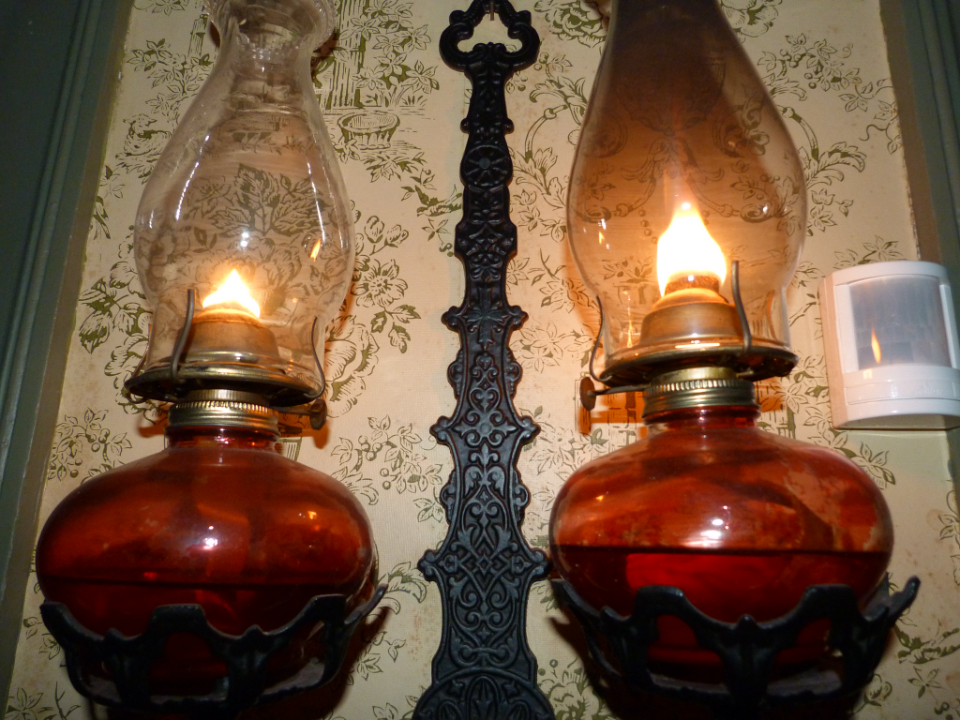
Old oil lamps are often overlooked, but they carry both historical charm and practical use. These lamps, which were most common in the 1800s and early 1900s, were made with glass, brass, and other metals. Some come with hand-blown chimneys or decorative bases with painted or etched designs. Many were used before electricity was common in homes, and finding one in working condition is always a treat. Some collectors like to light them, while others display them as part of a vintage theme.
The market value of antique oil lamps can range from 40 to 150 dollars, depending on the material and level of detail. Lamps with original chimneys, intact wicks, and clean burners are usually worth more. If a lamp has a rare color or a known maker’s mark, that can raise the price closer to 200 dollars or beyond. Flea market sellers often price these lower than antique stores, which makes them a great find for buyers who enjoy adding personality to their home or collection.
Cast Iron Banks
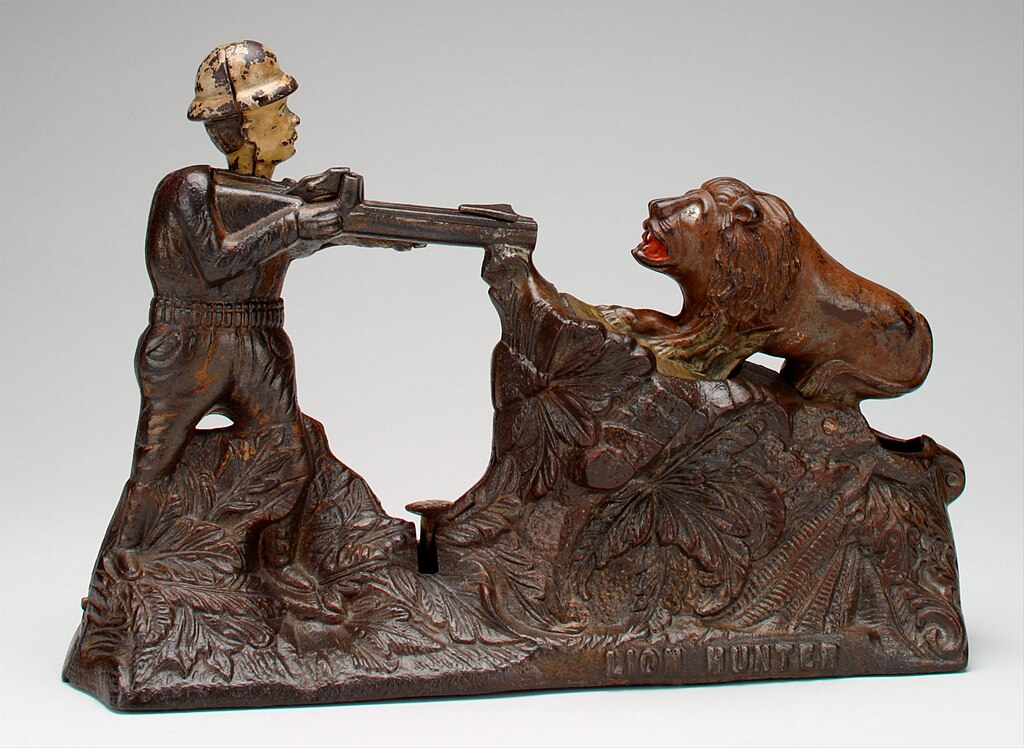
Mechanical cast iron banks are both playful and valuable. These banks, usually made in the late 1800s or early 1900s, feature clever designs that move when a coin is inserted. Common themes include animals, people performing tasks, or tiny scenes that spring to life with a lever. The charm of these banks lies in their detailed construction and the fun interaction they offer. Many were used to encourage children to save money and now serve as decorative and collectible pieces.
Original versions in working condition can bring in 75 to 300 dollars. Condition plays a huge role in value, especially if the paint is original and not worn off. Reproductions are common, so collectors often look for signs of age like weight, wear on moving parts, and surface rust. Some banks tied to historical figures or rare molds have sold for over 1,000 dollars. They make great conversation pieces and are still enjoyed by both new and seasoned collectors alike.
Vintage Soda Crates
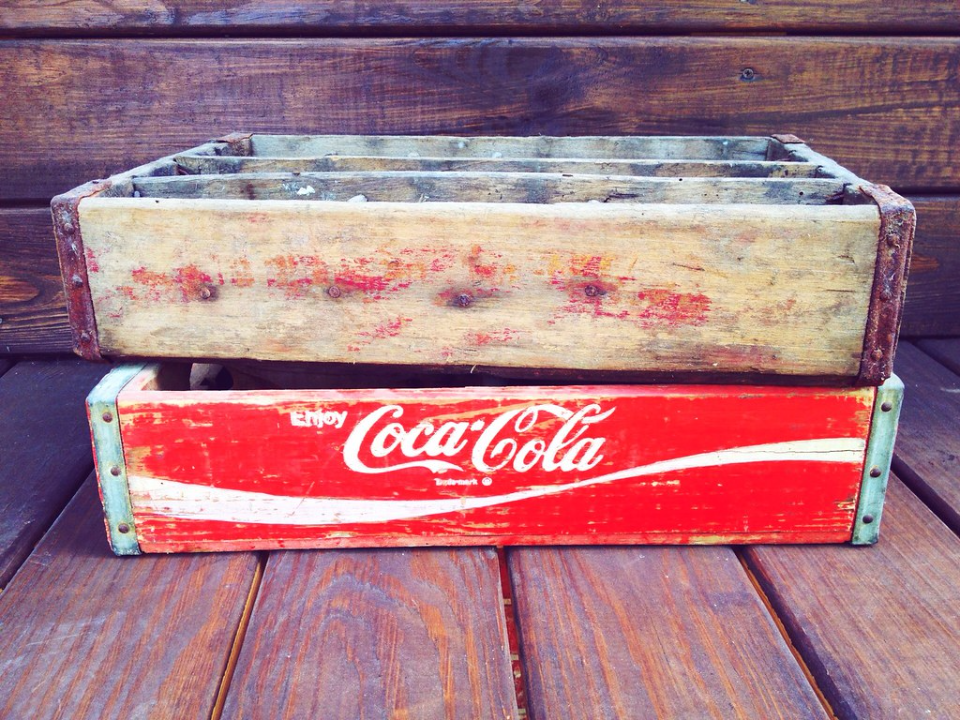
Wooden soda crates with brand logos stamped on the sides are often found stacked under tables at flea markets. These crates were used to deliver glass soda bottles in the mid-20th century and often feature brand names like Coca-Cola, Pepsi, or regional bottlers. Some crates are divided into slots, while others are more open. Collectors like them for both their visual appeal and practical use, often turning them into storage or display boxes.
Prices usually sit between 25 and 80 dollars. Crates with faded but readable logos, original hardware, and solid construction tend to sell well. Certain cities or rare bottling plant names can raise the value to 100 dollars or more. Crates with multiple colors, rare font styles, or holiday branding are even more sought after. For anyone into retro home décor or upcycling, these crates are an easy and affordable pickup.
First Edition Books
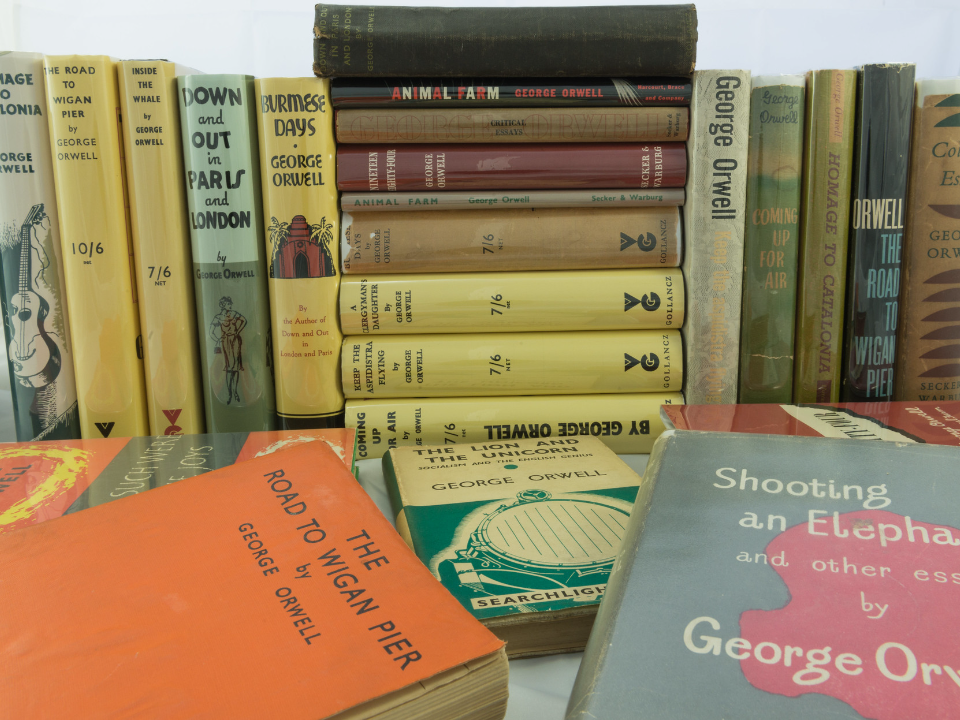
A first edition of a well-known book is a thrill for any flea market browser. These books, especially from classic authors like Ernest Hemingway, F. Scott Fitzgerald, or Harper Lee, can be hidden gems among stacks of paperbacks. What sets them apart is their print run, sometimes confirmed by a number line or specific publisher detail. They represent a piece of literary history and hold value not just as reading material, but as collectible items.
Values vary widely. A first edition in rough shape may fetch 50 dollars, while a well-preserved copy with a dust jacket can go for several hundred. If the book is signed or has a personal inscription from the author, the price can climb into the thousands. Buyers should look for tight bindings, clean pages, and unmarked covers. Serious collectors often carry small reference guides to check for edition markers when browsing flea markets.
Costume Jewelry from the 1950s
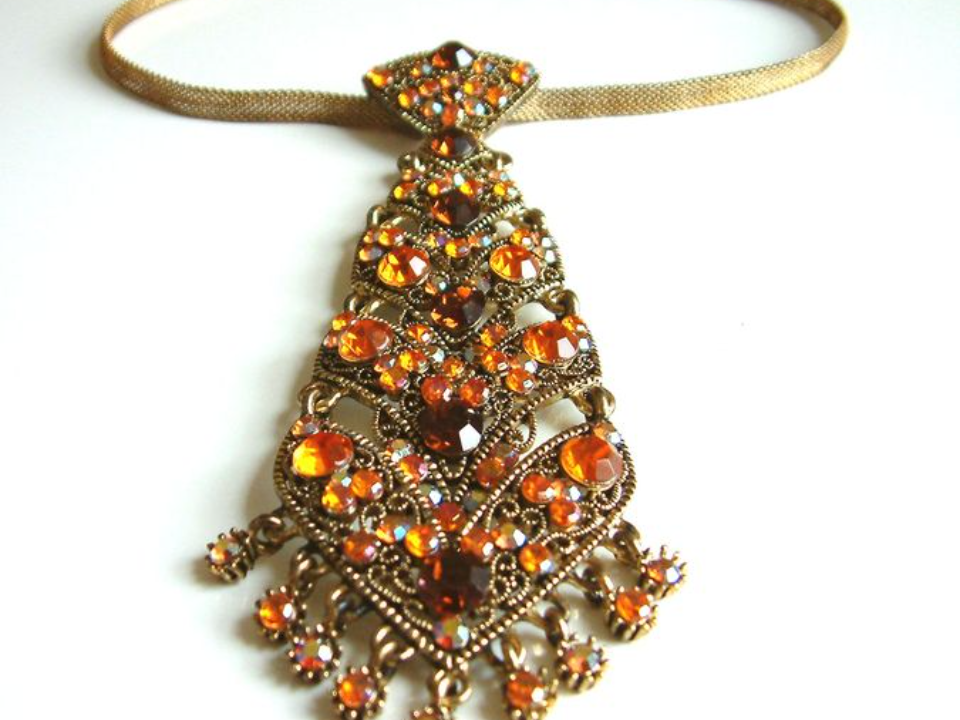
Jewelry from the 1950s brings sparkle and flair to any flea market find. Common items include rhinestone brooches, bold earrings, and layered necklaces. Brands like Weiss, Trifari, and Coro produced a wide range of pieces using colorful glass and metal. These items were designed to be eye-catching but affordable at the time, and now they carry strong appeal for both wearers and collectors.
Prices for individual pieces often start around 15 dollars but can go up to 100 dollars or more. Matching sets in original boxes are particularly desirable and may sell for 200 dollars or more. Shoppers should inspect clasps, look for missing stones, and check for maker marks stamped on the back. Even if a piece is unsigned, good condition and visual appeal can still make it valuable. These treasures often end up being worn again, making them a fun and wearable collectible.
Vinyl Records with Original Covers
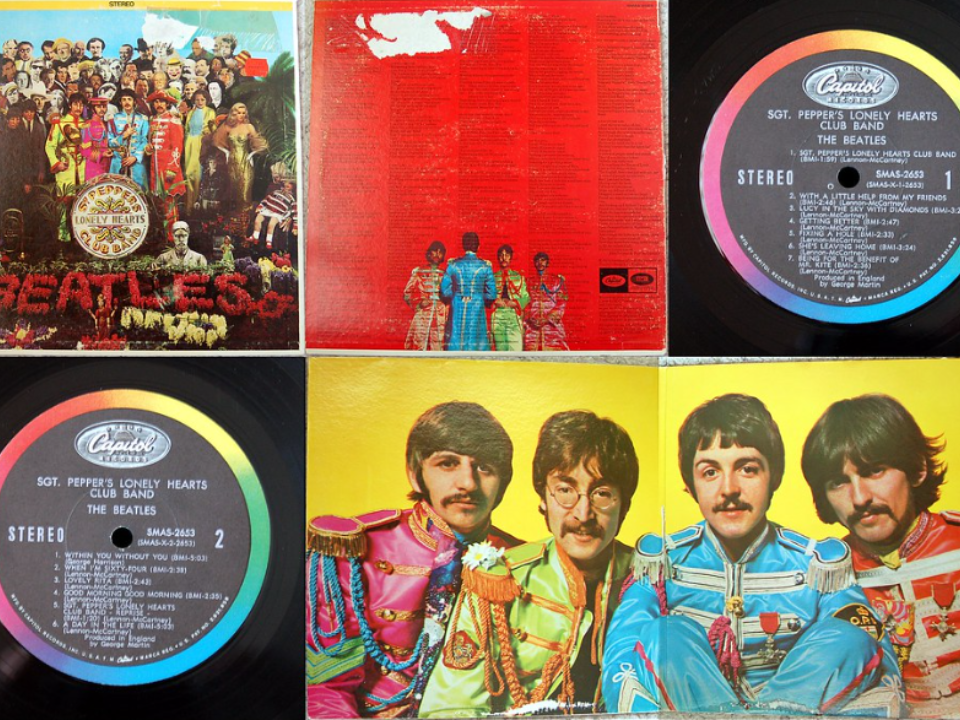
Old vinyl records continue to draw in music lovers and collectors at flea markets. Albums from the 1950s through the 1980s are especially popular, with names like The Beatles, Pink Floyd, and David Bowie in high demand. Buyers look for original pressings with cover art that remains intact and free from stains or tears. Some records include extras like posters or lyric inserts, which can raise the interest and the price. Collectors often flip through stacks of albums hoping to spot a rare edition or promotional release.
Prices range from 20 to 150 dollars depending on the condition of both the record and the sleeve. Albums that are still sealed or show very little wear can be worth even more. Records with misprints, special labels, or limited runs often command top dollar, sometimes exceeding 500 dollars. It is important to check for scratches and warping, as these can lower value even if the cover looks great. Vinyl records remain a favorite for both casual listeners and serious collectors.
Mid-Century Modern Clocks
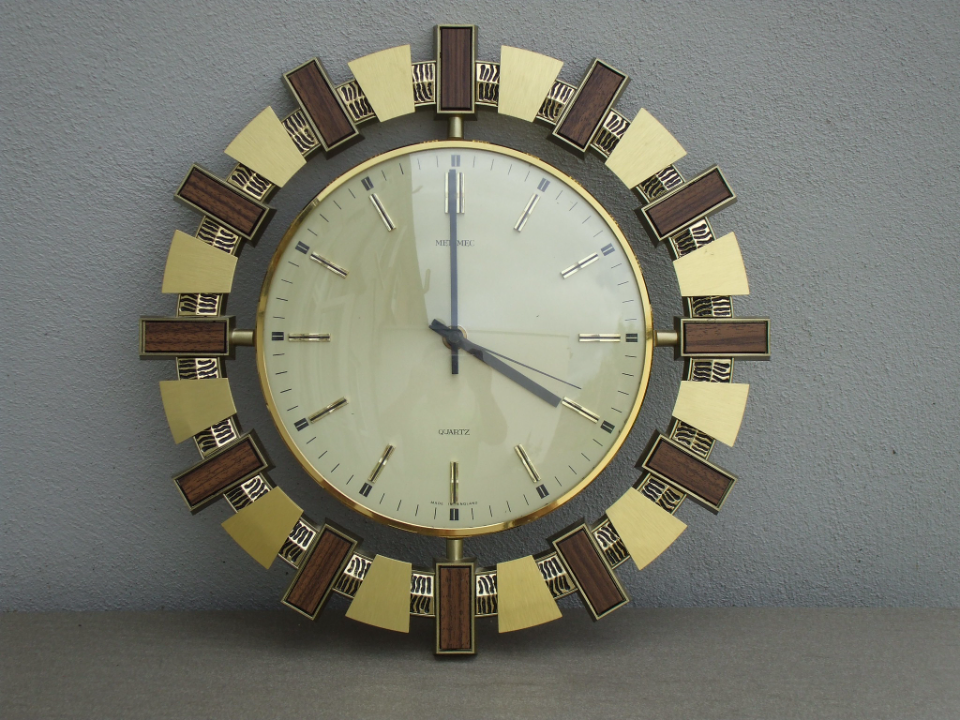
Clocks from the 1950s and 1960s often stand out with sleek shapes and geometric designs. Sunburst wall clocks, space-age desk clocks, and colorful kitchen timers all reflect the design trends of that time. Brands like Seth Thomas, Telechron, and Westclox produced many of these items using wood, brass, and plastic. Many flea markets have at least a few of these clocks on display, often still ticking or with original wiring in place.
Clocks in working condition can sell for 50 to 250 dollars, with rare models going even higher. Versions with original parts, clear faces, and intact hands are more desirable. Battery conversions can hurt the value slightly, but some buyers still prefer them for daily use. People collect these clocks not just for their function but also as a design statement in modern-style homes. They bring both charm and history to a wall or mantel.
Vintage Advertising Signs
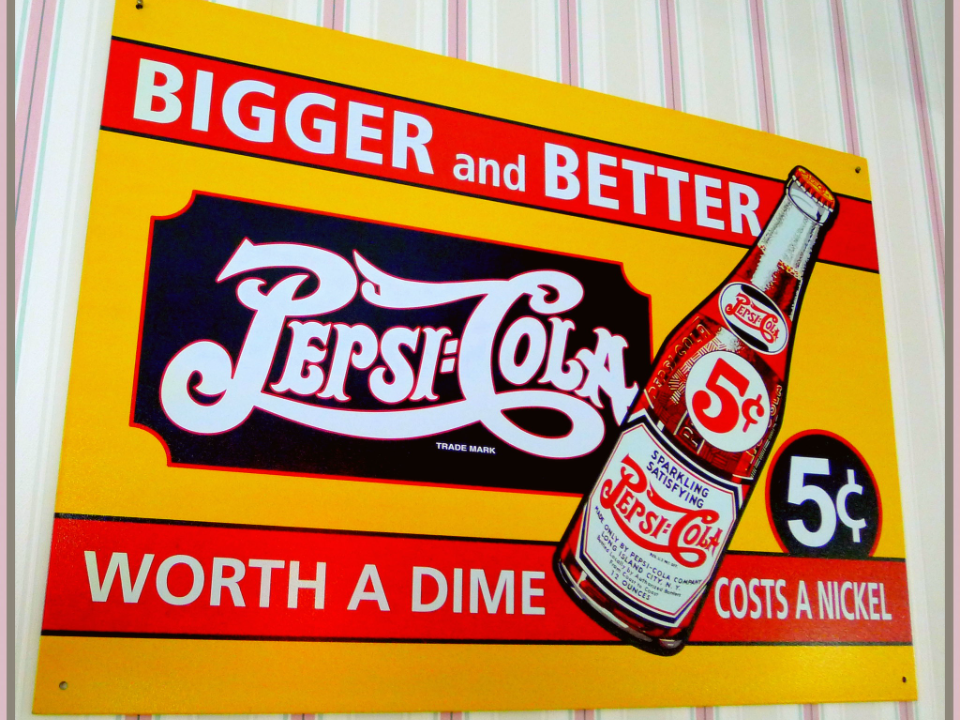
Metal or tin advertising signs from old gas stations, general stores, and diners remain a favorite at flea markets. These signs often feature well-known brands like Coca-Cola, Texaco, or Campbell’s. Many signs show signs of aging such as rust, fading, or dents, but collectors often see that as part of the charm. Some of the most valuable ones feature bold colors and logos that are still easy to read.
Most common signs range from 100 to 300 dollars. Rare examples, especially those from oil companies or small-town businesses, can reach well over 1,000 dollars. Reproductions are everywhere, so buyers should check for signs of age such as worn edges and embossed lettering. Original mounting holes and company markings can help confirm authenticity. These signs are popular for garages, restaurants, and anyone trying to create a retro vibe.
Antique Pocket Watches
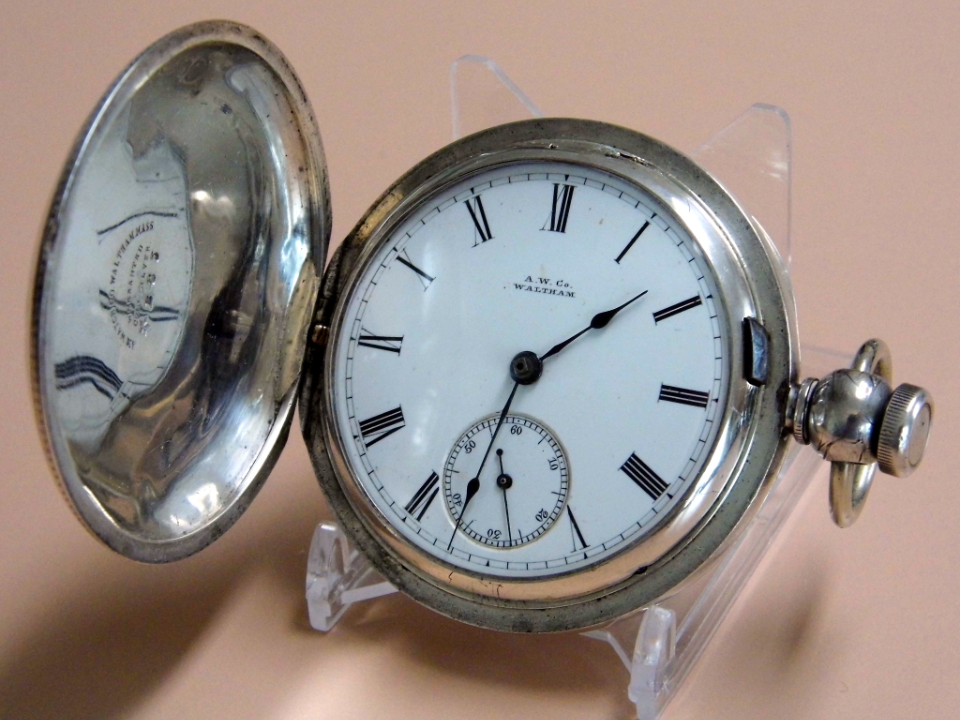
Pocket watches from the late 1800s and early 1900s are small treasures with big appeal. Brands like Elgin, Waltham, and Hamilton crafted watches with intricate gears and delicate engraving. Many came with matching chains and were kept safe in leather pouches or vest pockets. The watch face, hands, and case design all play a role in how much interest a piece will draw at a flea market.
Depending on the case material and condition, antique pocket watches can sell for 50 to 400 dollars. Gold or silver cases, especially those with decorative etching or family inscriptions, push the value higher. Working watches are more desirable, but even non-functional ones may be bought for parts or display. Watch collectors often test the movement on the spot to see if it ticks. These watches continue to attract both history fans and collectors of fine mechanical items.
Porcelain Doll Figurines
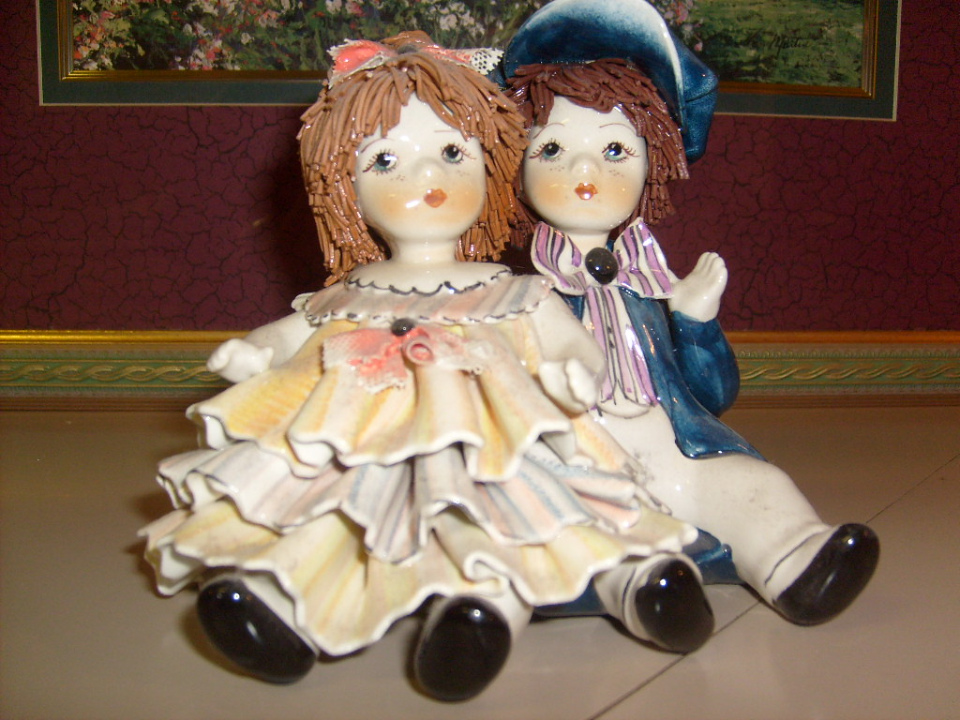
Delicate porcelain dolls from Europe and America are common finds at flea markets, often lined up in boxes or arranged on tables. These dolls usually have hand-painted faces, glass eyes, and jointed limbs. German makers such as Armand Marseille and Kestner are especially prized for their craftsmanship. Many dolls wear dresses made of lace or cotton and sometimes include small shoes or bonnets.
Values for these dolls can range from 75 to 300 dollars or more. Dolls with original clothing, intact limbs, and clean faces are worth the most. Marks on the back of the neck or shoulder often indicate the maker and help determine age. Buyers should check for chips, repairs, or replacement parts, which can lower the value. For those who love vintage toys or delicate décor, these dolls make a lovely addition to a collection.
Vintage Typewriters
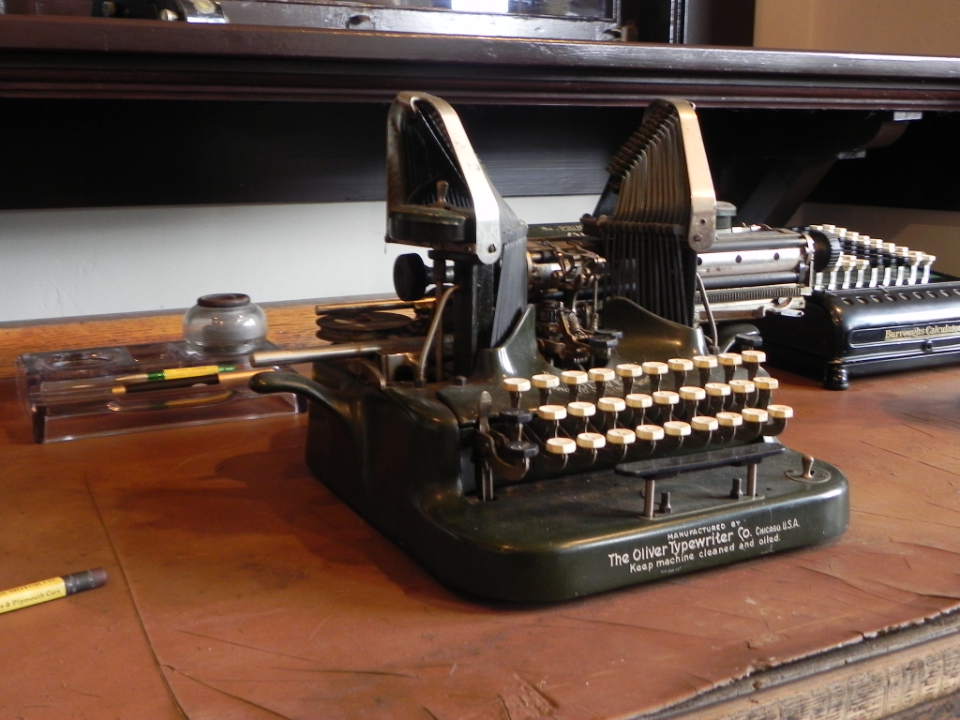
Manual typewriters from the early to mid-1900s are often found in sturdy metal cases, ready to type again. Brands like Royal, Underwood, and Smith-Corona were once household names and remain popular among collectors today. Many buyers enjoy the satisfying sound and feel of typing on real keys. Others look for typewriters to use as props or display pieces in home offices or creative spaces.
Prices start around 75 dollars and can go as high as 500 dollars depending on model and condition. Machines with unusual colors or rare keyboard layouts tend to sell faster. Functional typewriters with clean ribbon systems and working keys are the most desirable. A polished metal finish or a well-kept case adds to the value. These items are more than tools, they tell the story of communication before computers took over.
Tin Toys from the 1950s

Tin toys are a favorite among both toy collectors and lovers of vintage items. Many toys were made in Japan and Germany, showing detailed images and bright colors through lithograph printing. Common shapes include robots, cars, animals, and wind-up figures. The movement of the toy often brings it to life with wheels, springs, or clapping hands when wound with a key.
Most sell for 50 to 300 dollars depending on rarity and working condition. Toys in their original boxes are especially valuable and can go for double the price of loose ones. Buyers should inspect for scratches, rust, or missing parts. Many collectors are drawn to the visual appeal and mechanical simplicity of these toys. They often display them on shelves, reminding people of a time when imagination powered play.
Vintage Cameras
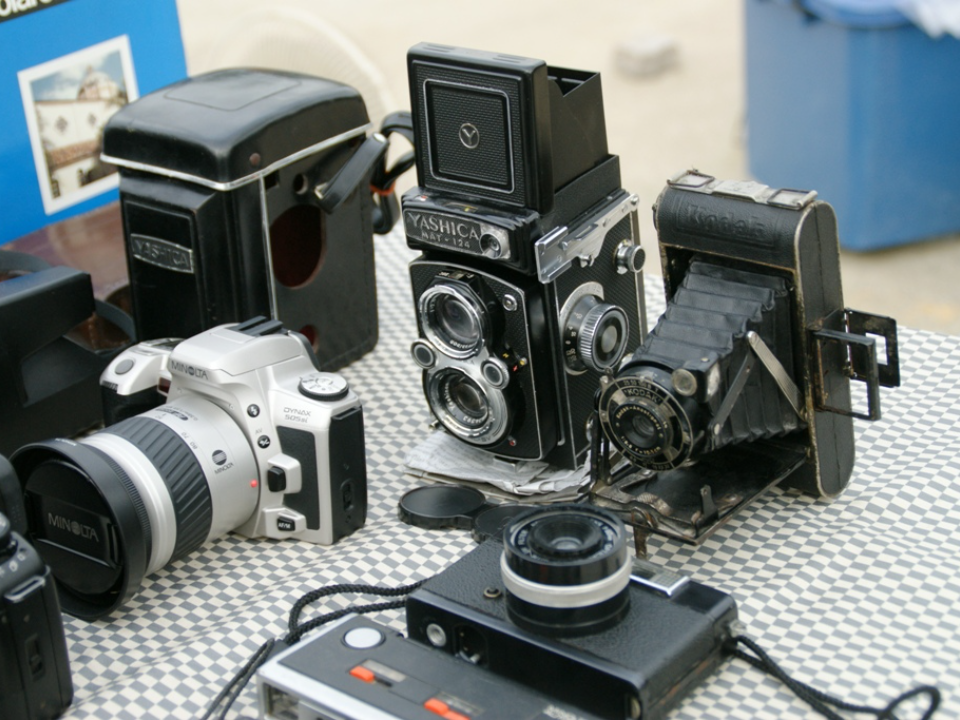
Old cameras from the early to mid-1900s are often found in flea markets, sometimes with original leather cases or extra lenses. Popular types include box cameras, folding cameras, and early 35mm models from brands like Kodak, Leica, and Canon. Some were used by amateurs while others were used by journalists and war correspondents. Many cameras still work or can be restored with a little effort.
Prices typically range from 40 to 200 dollars depending on the maker and condition. Cameras that include accessories or still function tend to be worth more. Certain models with historical value or limited production can reach higher prices among camera enthusiasts. Buyers often look for clean lenses, working shutters, and signs of careful use. These cameras serve as reminders of how photography has changed while still holding their own charm.
Military Medals and Badges
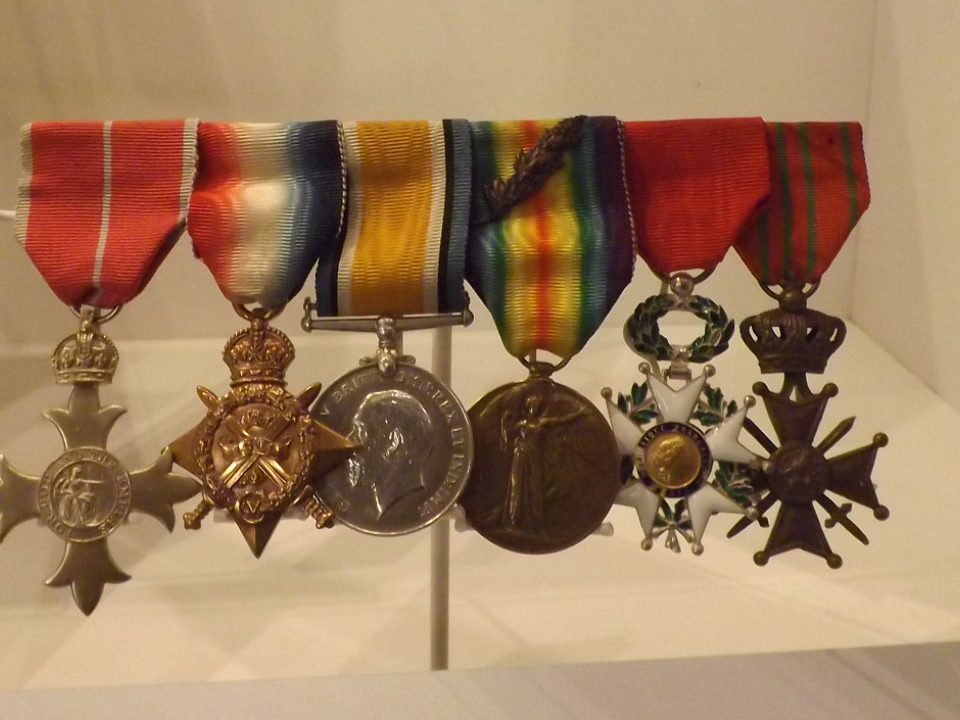
Military medals and insignia often hold deep historical significance and are common at flea markets. Items from major wars such as World War I and World War II attract collectors, veterans, and history buffs alike. Many medals are engraved with names, ranks, or units, which can help trace their origin. Some sellers offer full sets, while others sell individual ribbons, patches, or pins. Shoppers are drawn to the craftsmanship, which includes enamel work, ribbon weaving, and etched detailing.
Prices range from 25 to 100 dollars for standard medals. Those tied to rare divisions, heroic actions, or limited issuance can go for 300 dollars or more. Medals with documentation or original presentation boxes carry higher value. Condition matters a great deal, with rust-free metals and intact ribbons commanding the most attention. Buyers often display them in shadow boxes or use them to build themed collections.
Antique Skeleton Keys
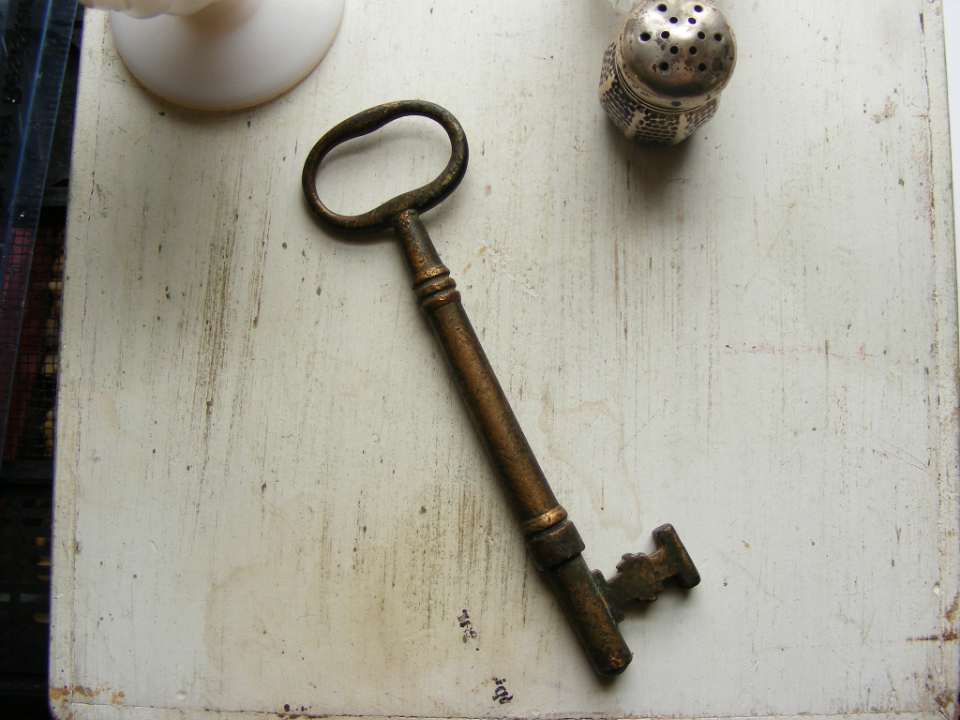
Old skeleton keys are small but meaningful finds at flea markets. These were once used for trunks, cabinets, doors, and furniture. Many are made of iron or brass and come in sets with rings or tags. Some keys feature decorative heads, initials, or unique notches that suggest their original use. They are often grouped in boxes or tins, waiting for someone to dig through and find a match or unusual shape.
Most sets of mixed keys sell for 15 to 50 dollars. Individual keys with distinct design or stamped makers can go for 20 to 100 dollars. Shoppers use them in shadow boxes, as jewelry pieces, or even as actual keys for restored antiques. It is best to check for signs of age like tarnish and patina, which often point to authenticity. These little pieces carry stories and make meaningful keepsakes.
Depression Glass
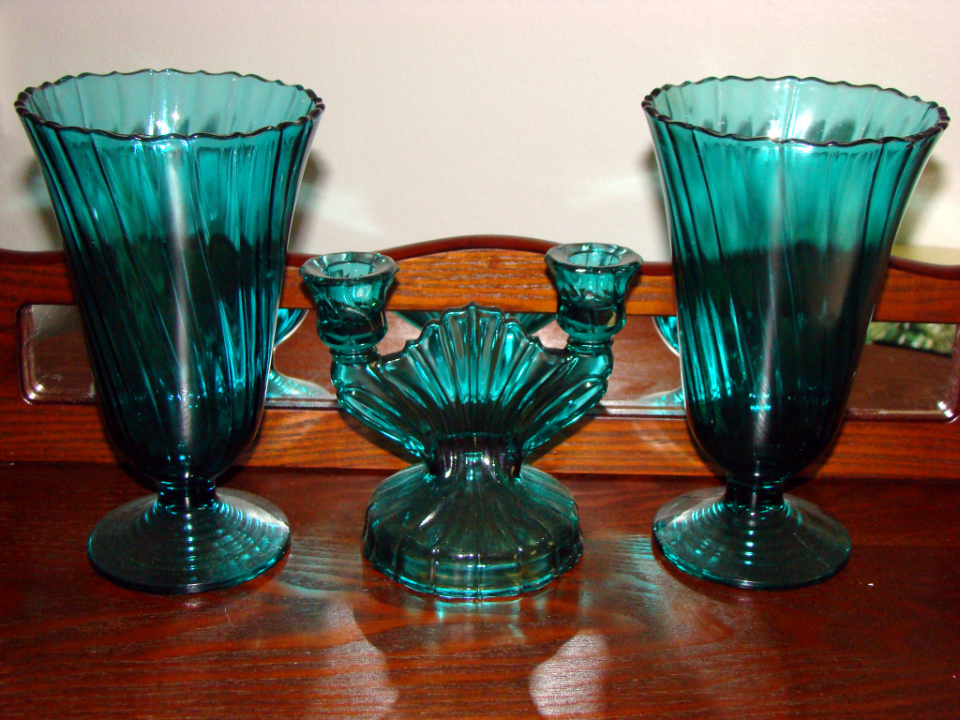
Depression glass was made during the 1920s to the early 1940s and was given away or sold cheaply during hard economic times. It comes in soft colors like pink, green, amber, and blue, with many patterns including Cameo, Princess, and Royal Lace. Collectors often search for complete sets of dishes, cups, or serving bowls. Some buyers look for a specific color to match a kitchen display, while others want certain patterns to complete inherited collections.
Individual pieces often range from 10 to 50 dollars, but full sets can reach 150 to 400 dollars or more. Flaws such as chips, cracks, or cloudy glass will reduce value, while clean and polished pieces are more desirable. Rare items such as covered butter dishes or pitchers can sell for much higher. Depression glass remains one of the most cheerful and collectible flea market finds for those who love vintage kitchenware.
Old Board Games
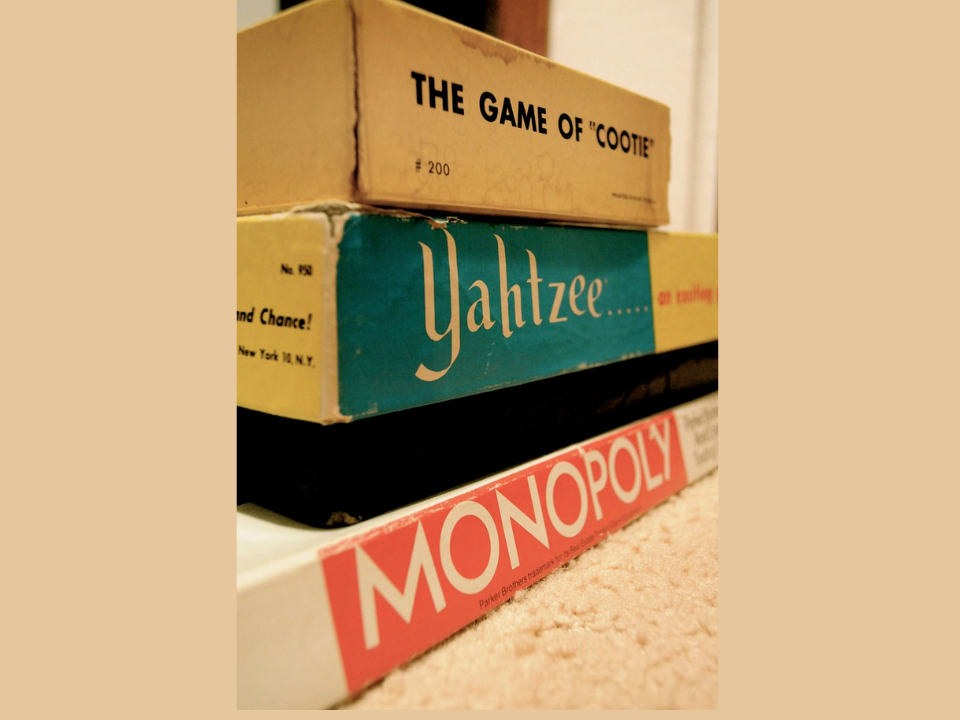
Vintage board games with full sets of pieces are fun and valuable finds. Games from the mid-20th century often feature colorful graphics, sturdy game boards, and wooden or metal playing pieces. Titles like Monopoly, Clue, and Sorry from Parker Brothers or Milton Bradley are especially popular. Some versions include different artwork or unique box designs that make them stand out from today’s editions.
Depending on age and completeness, values range from 25 to 200 dollars. Sealed games or those in excellent condition with all original components can bring higher prices. Games with original instructions, score pads, and tokens are always more attractive to buyers. Collectors enjoy playing the games or simply displaying them on shelves. These games hold nostalgic charm and offer a look back at family entertainment from years past.
Vintage Marbles
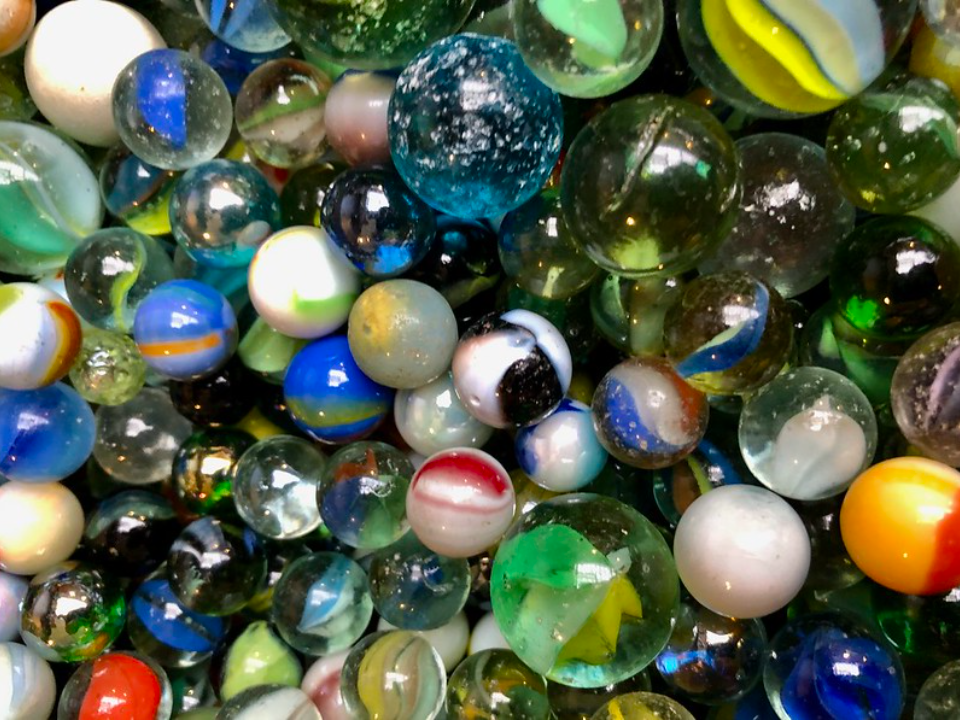
Old marbles are small treasures that collectors enjoy for their color, design, and history. Handmade marbles from the late 1800s through early 1900s often show swirls, bubbles, or markings called pontils where the glass was cut. Machine-made marbles came later and include a wide range of colors and patterns. Popular types include onionskin, Indian swirl, and cat’s eye.
Loose marbles often sell for a few dollars each, while rarer ones can go for 25 to 100 dollars or more. Marbles in mint condition with strong colors are worth more than chipped or cloudy ones. Sets in original boxes can command even higher prices, especially if labeled by a known maker. Collectors display them in jars or trays and often trade with others to complete specific styles. They remain a fun and colorful collectible that appeals to all ages.
Milk Glass Vases
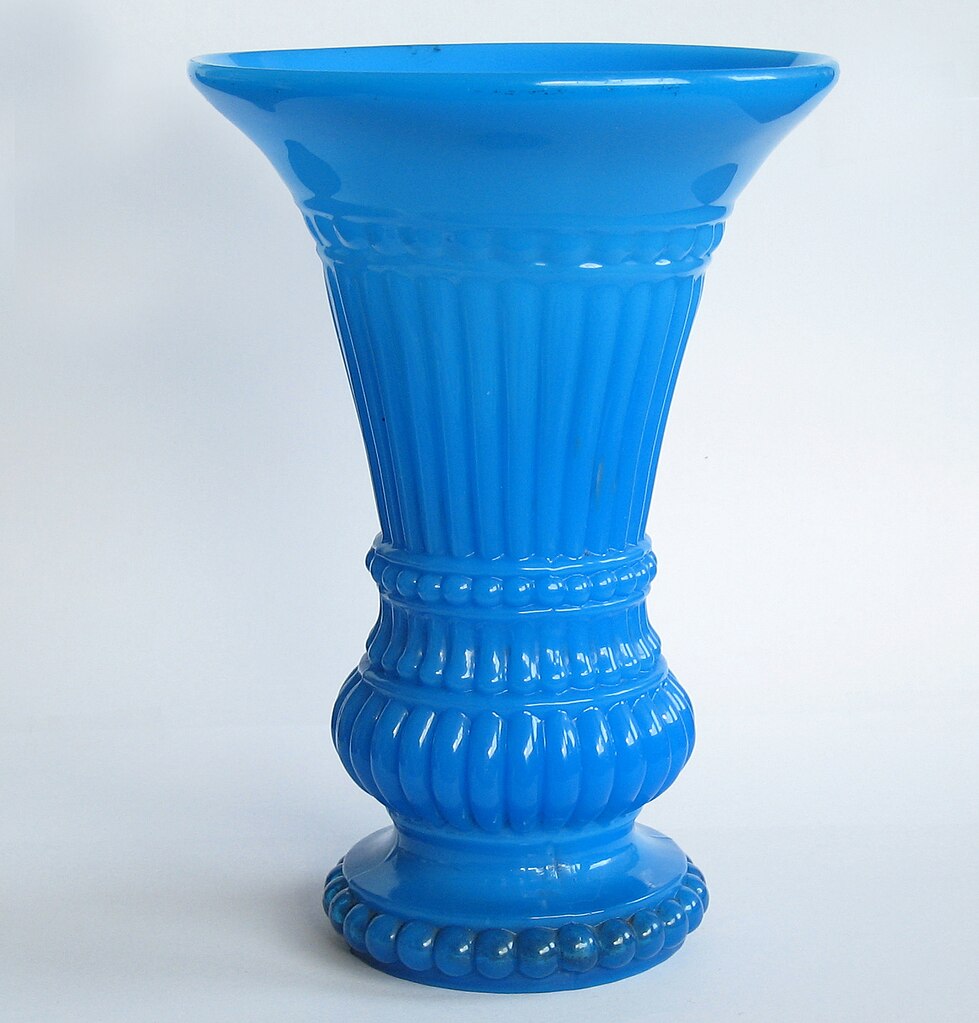
Milk glass is known for its soft white appearance and often features raised patterns or fluted edges. Popular in the 1940s to 1960s, many milk glass pieces were made by Fenton, Westmoreland, and Anchor Hocking. Vases in hobnail, swirl, or grapevine patterns are especially common. Some were given as gifts or used in weddings, which adds to their appeal.
Individual vases usually range from 10 to 40 dollars. Unusual shapes, larger sizes, or marked pieces can sell for 75 to 150 dollars. Collectors like the clean look and smooth finish of milk glass, and it remains popular for both vintage collectors and home decorators. Most pieces are durable, but chips along the rim or base can affect price. These vases are simple yet elegant, and they still fit nicely into many decorating styles.
This article originally appeared on Avocadu.
